Kitchen lighting plan and Fluorescent vs LED recessed
Kathy F
13 years ago
Related Stories
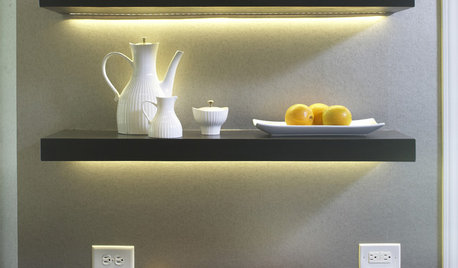
KITCHEN DESIGN12 Ways to Light Your Kitchen With LEDs
See how to use new energy-saving lights to illuminate your kitchen, light a countertop and add style, too
Full Story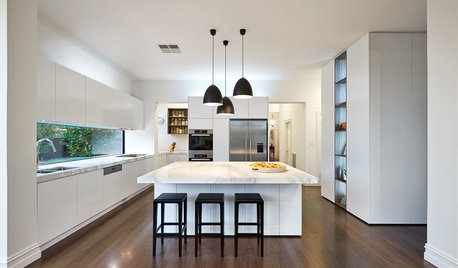
LIGHTING8 Creative Lighting Solutions for Food Prep
Get all the task illumination you need while distracting the eye from fluorescents, following the lead of the kitchens here
Full Story
LIGHTINGThe Lowdown on High-Efficiency LED Lighting
Learn about LED tapes, ropes, pucks and more to create a flexible and energy-efficient lighting design that looks great
Full Story
LIGHTINGWhat to Know About Switching to LED Lightbulbs
If you’ve been thinking about changing over to LEDs but aren't sure how to do it and which to buy, this story is for you
Full Story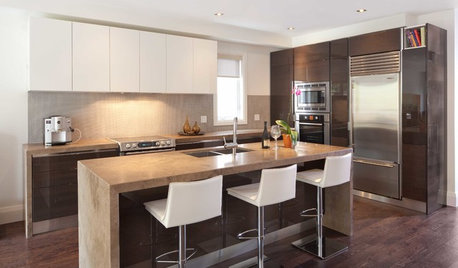
LIGHTINGGet Your Home's Recessed Lighting Right
Learn the formula for how much light a room needs plus how to space downlights, use dimmers and more
Full Story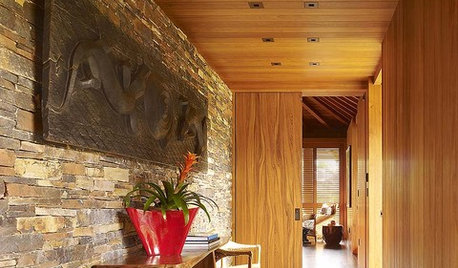
LIGHTINGRecessed Lighting 101
Looking to brighten a drab, dim space? Recessed lighting may be your answer. Here's what you need to know
Full Story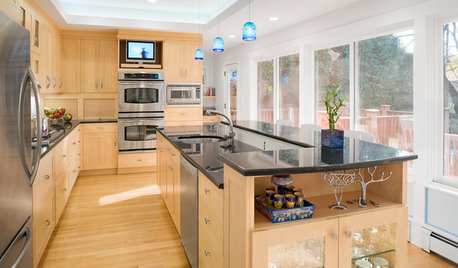
UNIVERSAL DESIGNHow to Light a Kitchen for Older Eyes and Better Beauty
Include the right kinds of light in your kitchen's universal design plan to make it more workable and visually pleasing for all
Full Story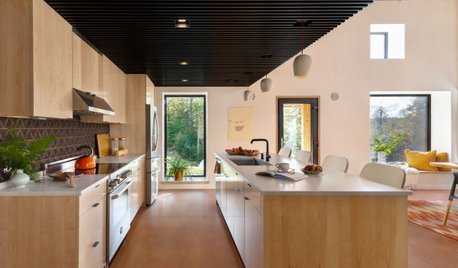
KITCHEN DESIGN10 Tips for Planning a Galley Kitchen
Follow these guidelines to make your galley kitchen layout work better for you
Full Story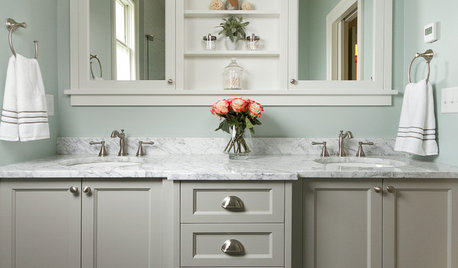
BATHROOM DESIGNShould You Get a Recessed or Wall-Mounted Medicine Cabinet?
Here’s what you need to know to pick the right bathroom medicine cabinet and get it installed
Full Story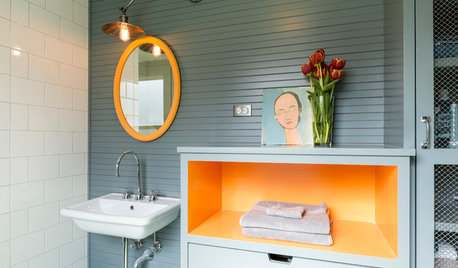
COLOR PALETTESRecessive Color: 8 Eye-Catching Niches, Nooks and Crannies
Create a focal point with a small chunk of a big hue
Full StorySponsored
Franklin County's Custom Kitchen & Bath Designs for Everyday Living
More Discussions






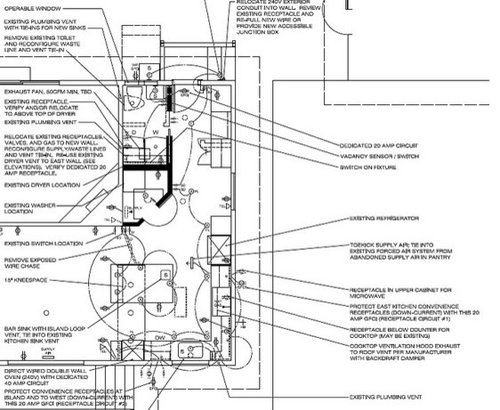
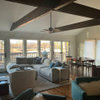
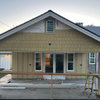
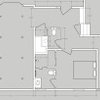
David
ZacsDaddy
Related Professionals
Greenville Lighting · Hialeah Gardens Lighting · Memphis Furniture & Accessories · Norwalk Furniture & Accessories · Philadelphia Furniture & Accessories · Racine Furniture & Accessories · Fort Carson Furniture & Accessories · Boise Interior Designers & Decorators · Ridgefield Park Interior Designers & Decorators · Stanford Interior Designers & Decorators · Commerce City Decks, Patios & Outdoor Enclosures · Dedham Decks, Patios & Outdoor Enclosures · Gaithersburg Decks, Patios & Outdoor Enclosures · Universal City Decks, Patios & Outdoor Enclosures · Woodstock Decks, Patios & Outdoor EnclosuresDavidR
Kathy FOriginal Author
vinjah
cruzineve
dim4fun
wws944
DavidR
dodge59
DavidR
dodge59
DavidR